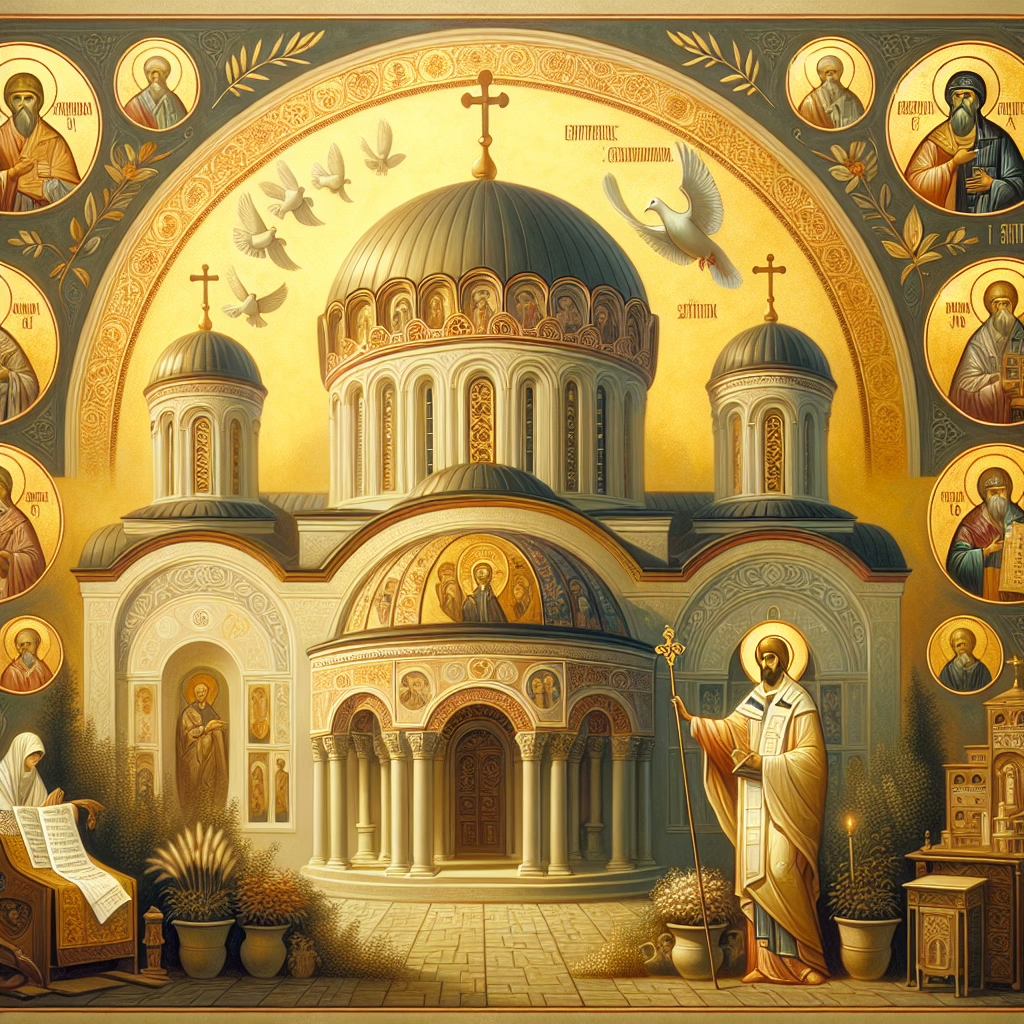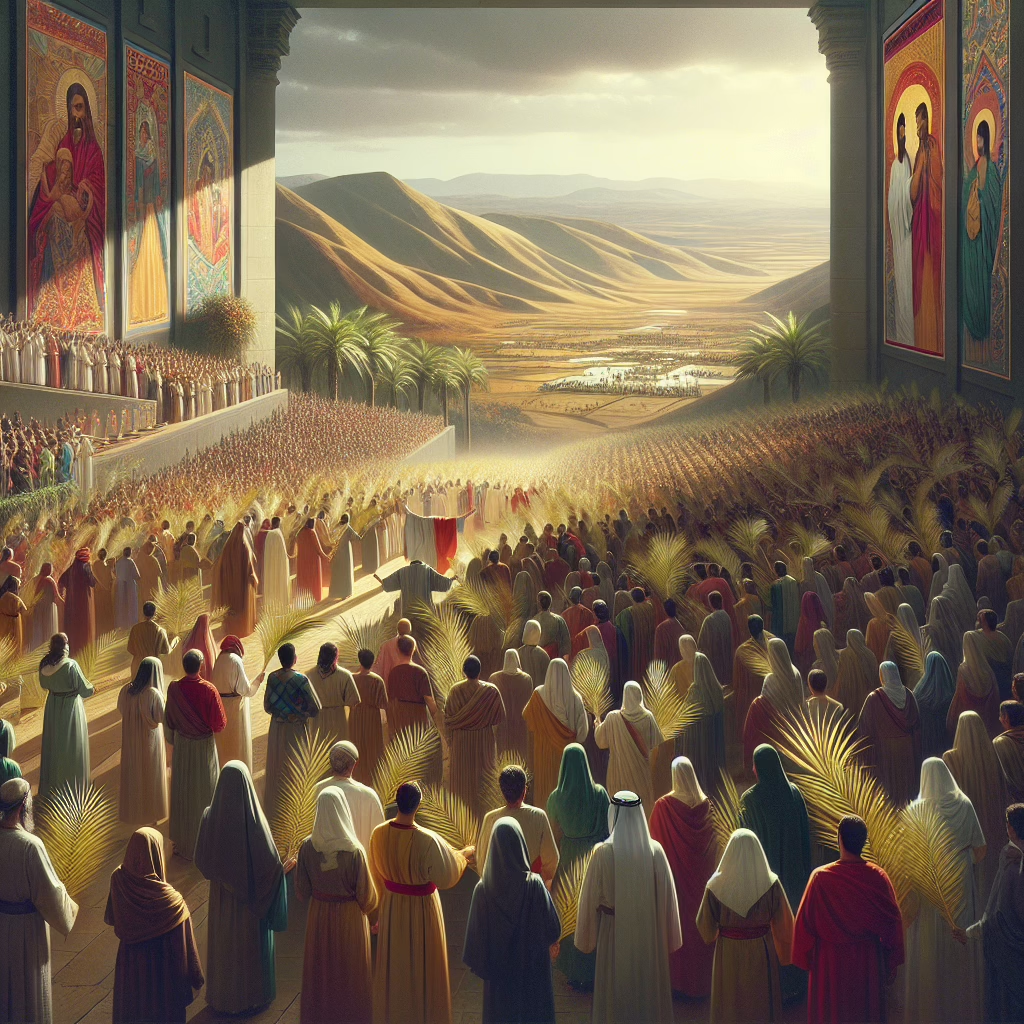Why Do Protestants Object to the Cost of Building Cathedrals? A Catholic Perspective
Introduction: Examining Protestant Objections to Cathedral Building
The grandeur and beauty of cathedral architecture have sparked debates throughout history, particularly between Catholics and Protestants. These discussions revolve around the cathedral building process, questioning the allocation of resources toward such monumental projects. Many Protestant objections center on the perceived extravagance, questioning the theological and moral grounds for these costly endeavors. This blog post explores these concerns and presents a Catholic perspective that defends the significance of cathedrals in the life of the Church.
1. Objection: Misallocation of Resources and Stewardship Concerns
1.1 Economic Critique
One primary Protestant objection focuses on the presumed financial waste involved in cathedral building. Critics argue that these resources could be better spent on aiding the poor and marginalized. This perspective is often supported by passages such as Matthew 25:14-30, which stresses responsible resource management and attention to the needs of the least fortunate.
1.2 Catholic Response: Purposeful Allocation and Stewardship
The Catholic response underscores cathedrals as edifices that glorify God and elevate the human spirit through beauty and art. These structures are not mere displays of wealth but serve as instruments to inspire faith and worship. Far from neglecting charity, the Church emphasizes proper stewardship that includes supporting community causes and humanitarian missions alongside cathedral building. This twofold approach ensures the Church embodies its call to both faith and charity.
1.3 Supporting Evidence
Historically, cathedrals have been funded by patrons committed to manifesting their faith through tangible means. Construction projects provided employment to countless artisans and laborers, thus contributing to the local economies. As St. Thomas Aquinas articulates, "Every particular endeavor of the Church is oriented towards the greater glorification of God and the edification of His people."
For more on this, see Catholic Social Teaching.
2. Objection: Theological Focus on Worship and Idolatry
2.1 Worship and Idolatry Concerns
Another focus of Protestant critique rests on the fear that cathedrals may encourage idolatry, detracting from the pure, spiritual worship Christ advocates in John 4:24. The worry is that the grandeur of these physical structures could overshadow the true essence of worship.
2.2 Catholic Response: Inspiration for Worship and Catechesis
Catholics see cathedrals not as distractions, but as visual catechisms, depicting biblical narratives and theological insights that deepen one's faith. Through sacramental theology, cathedrals become sacred spaces where the divine is encountered, preserving the richness of Christian cultural heritage.
"A church is a human house put at God's disposal; it belongs to God, it's used by Him to install His permanent abode in the world."
— Romano Guardini
2.3 Supporting Evidence
References to sacred spaces can be found in both the Old and New Testaments, illustrating their continued relevance. Revelation 21:22 and 1 Peter 2:5 highlight that while God dwells in believers, physical structures still hold spiritual significance. Cathedrals are a continuation of this tradition, mirroring the Temple’s role in ancient Jewish worship.
3. Conclusion: Balancing Objectives and Values in Cathedral Building
In summary, while Protestant objections raise valid considerations about resource allocation and worship purity, the Catholic perspective offers a broader understanding of cathedral building. These structures are more than architectural feats; they are testaments to divine glory and conduits for community enrichment. The Catholic Church upholds a balanced view, ensuring that building projects can coexist with missions of charity and spiritual devotion.
For further exploration of the theological underpinnings of cathedrals, see Catholic Church Doctrine.
In closing, may we see cathedrals not only as awe-inspiring historical monuments but as living testimony to the faith journey of the Church—a call to all Christians to reflect on their spiritual and communal commitments.






Leave a Reply